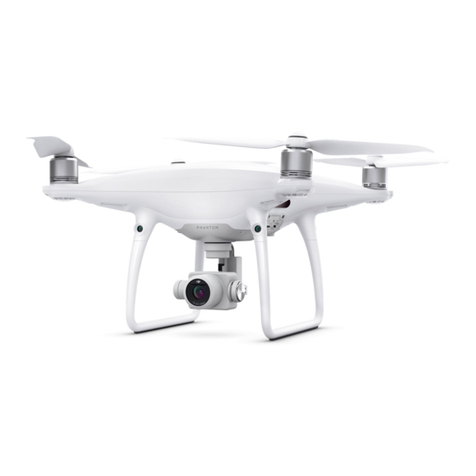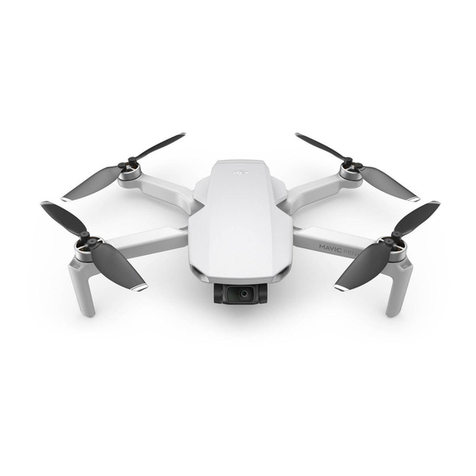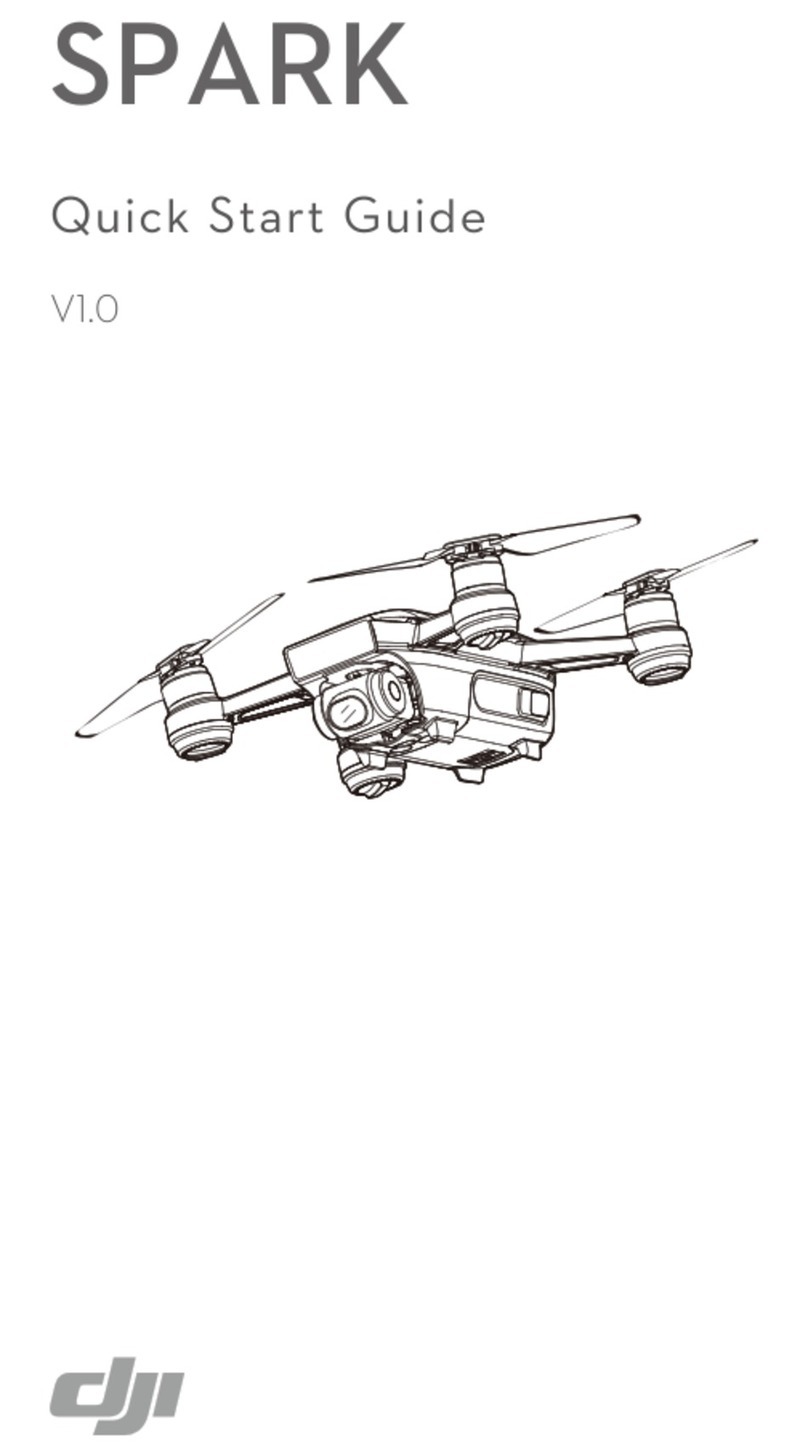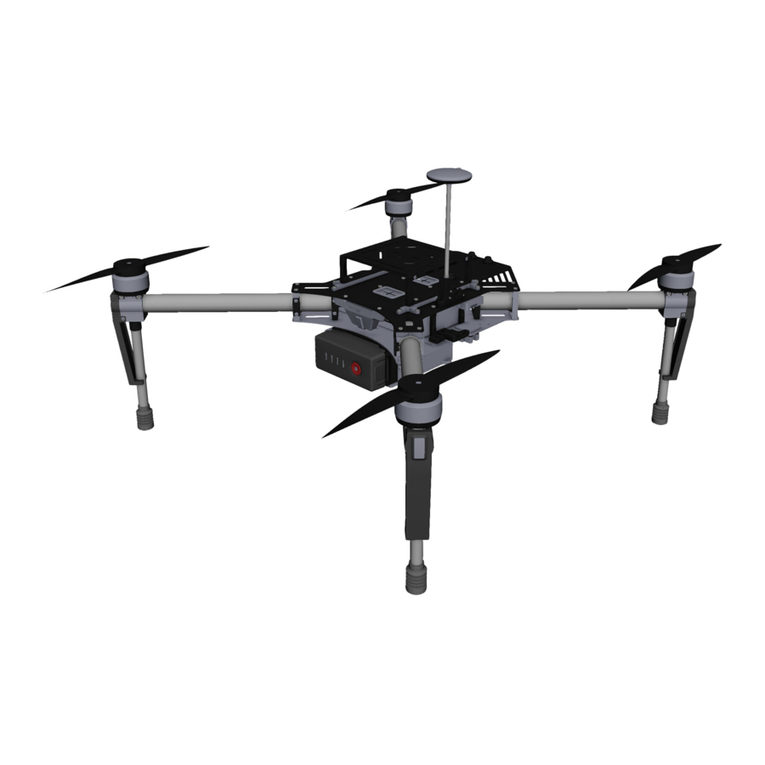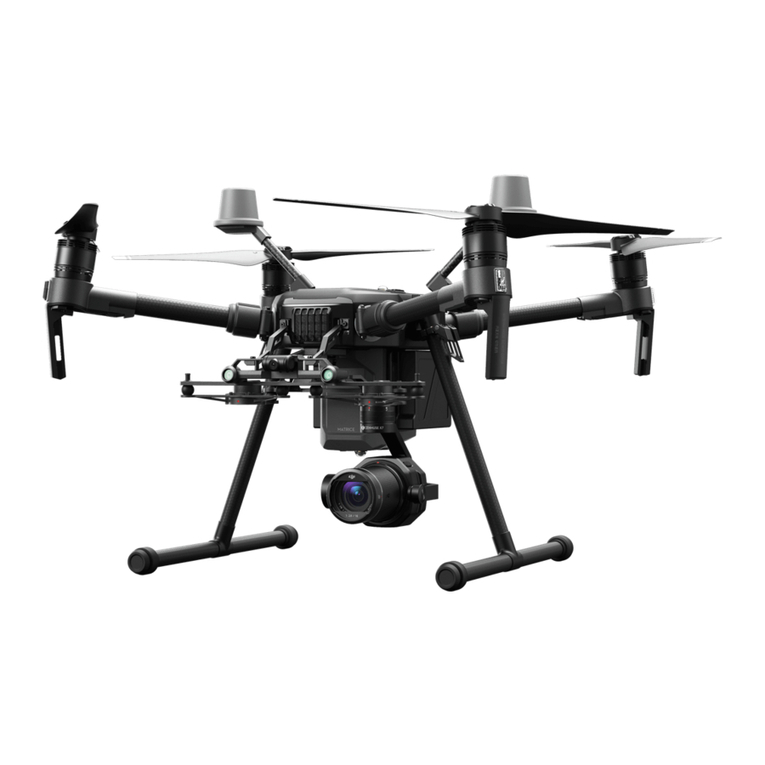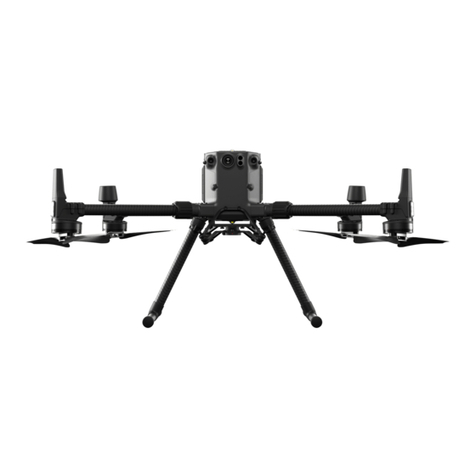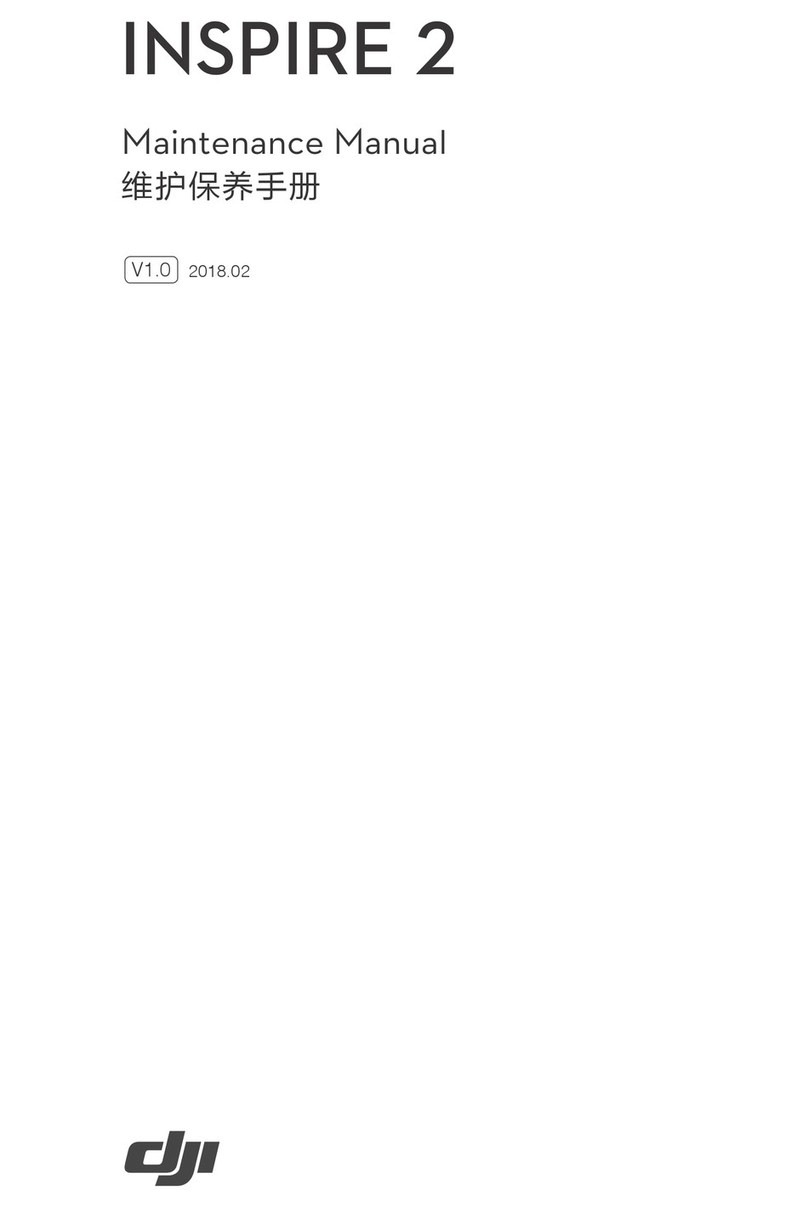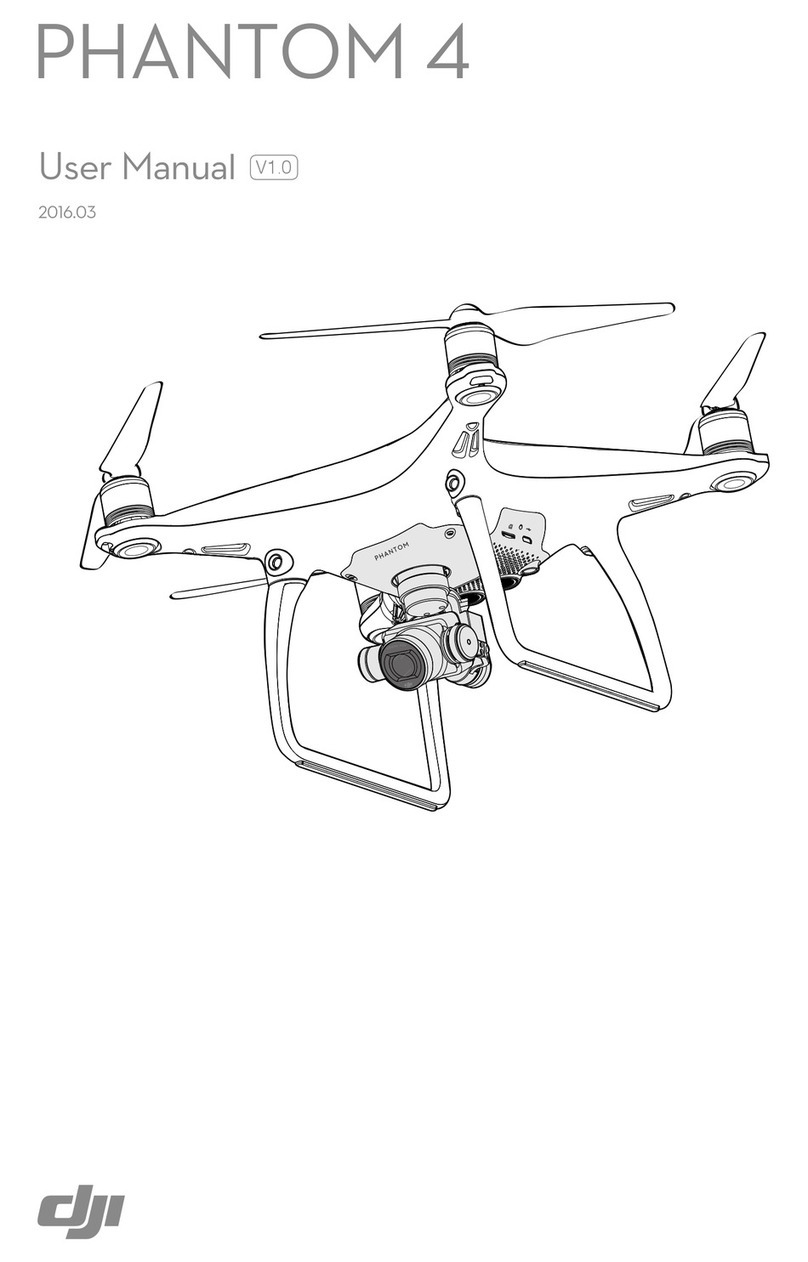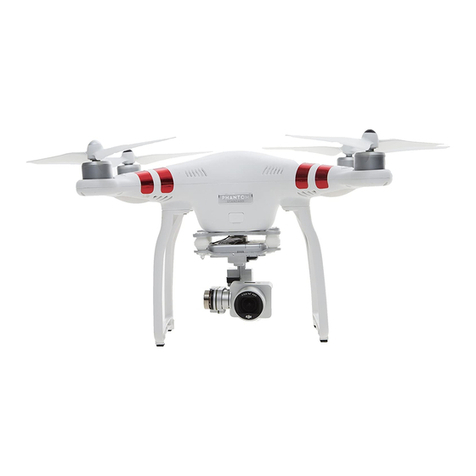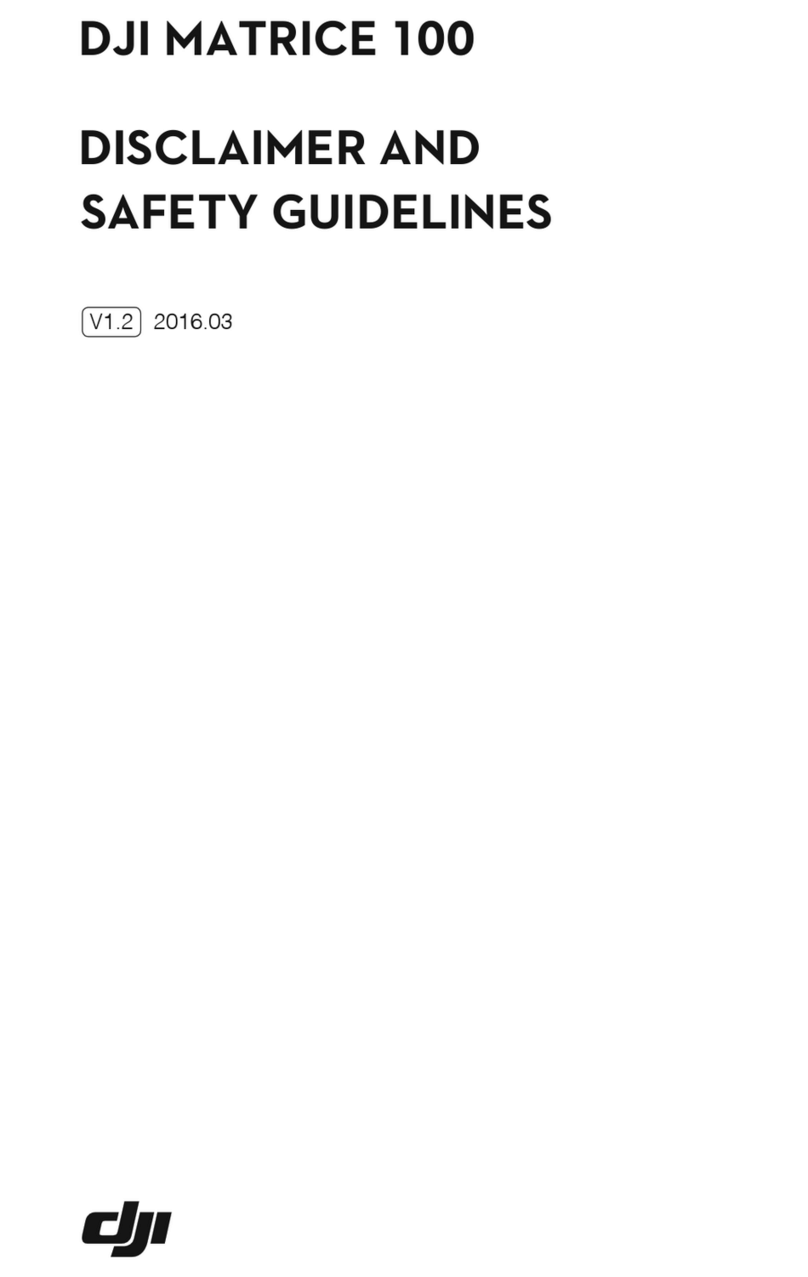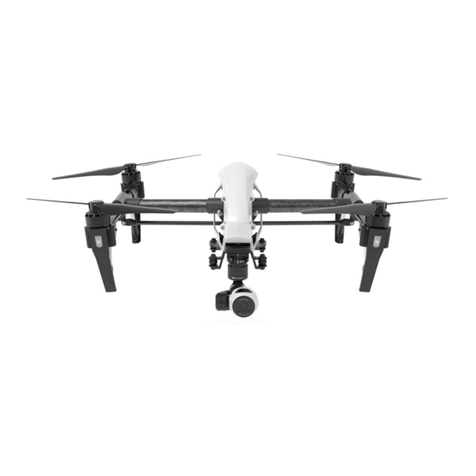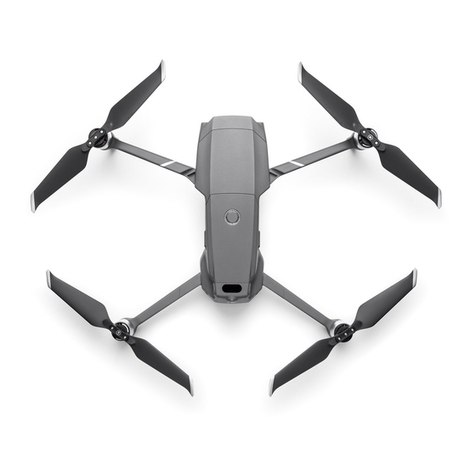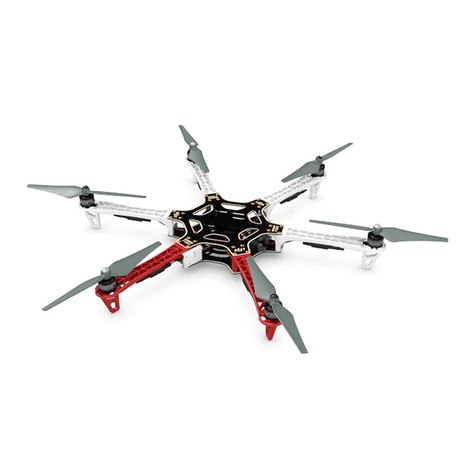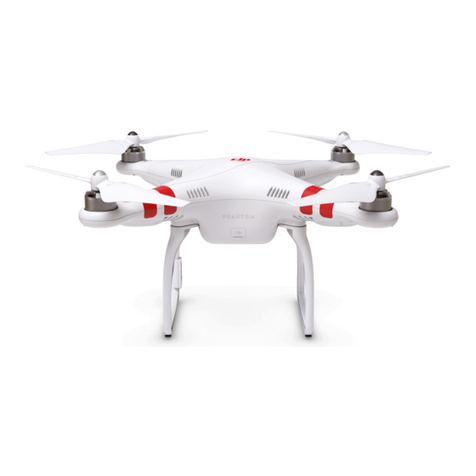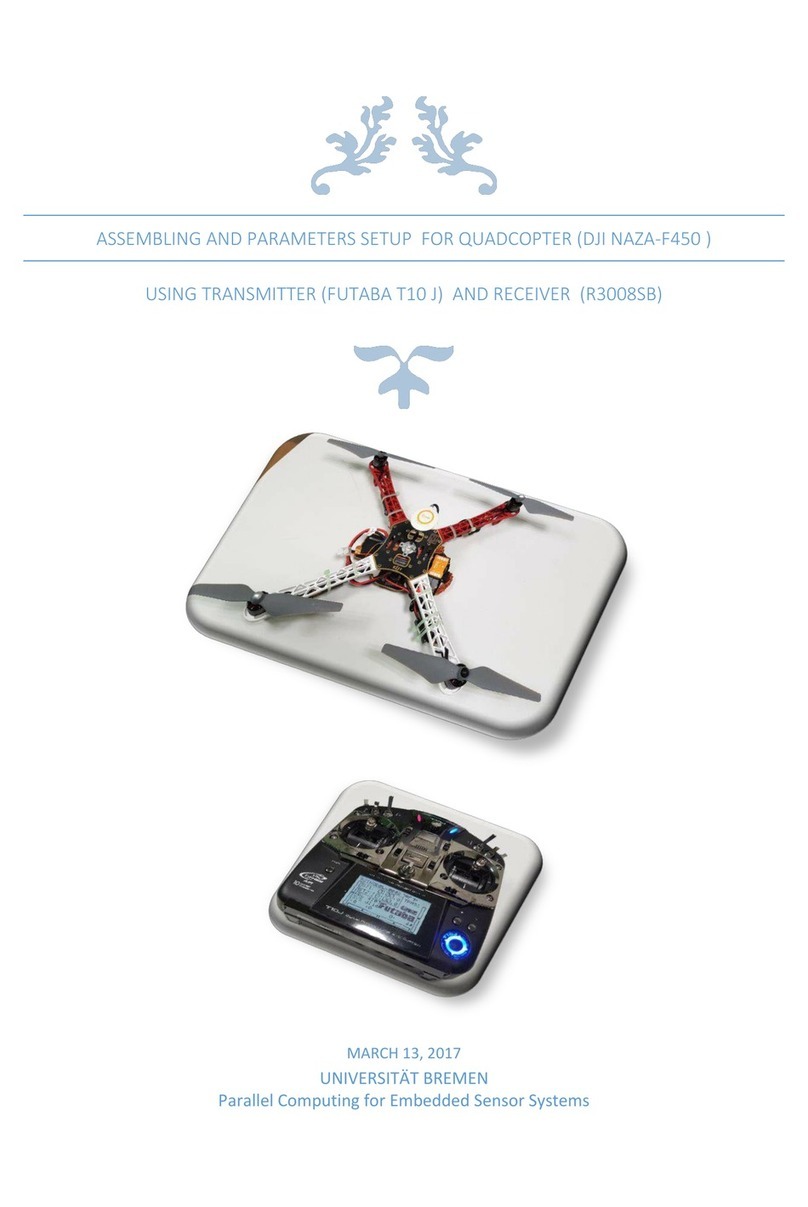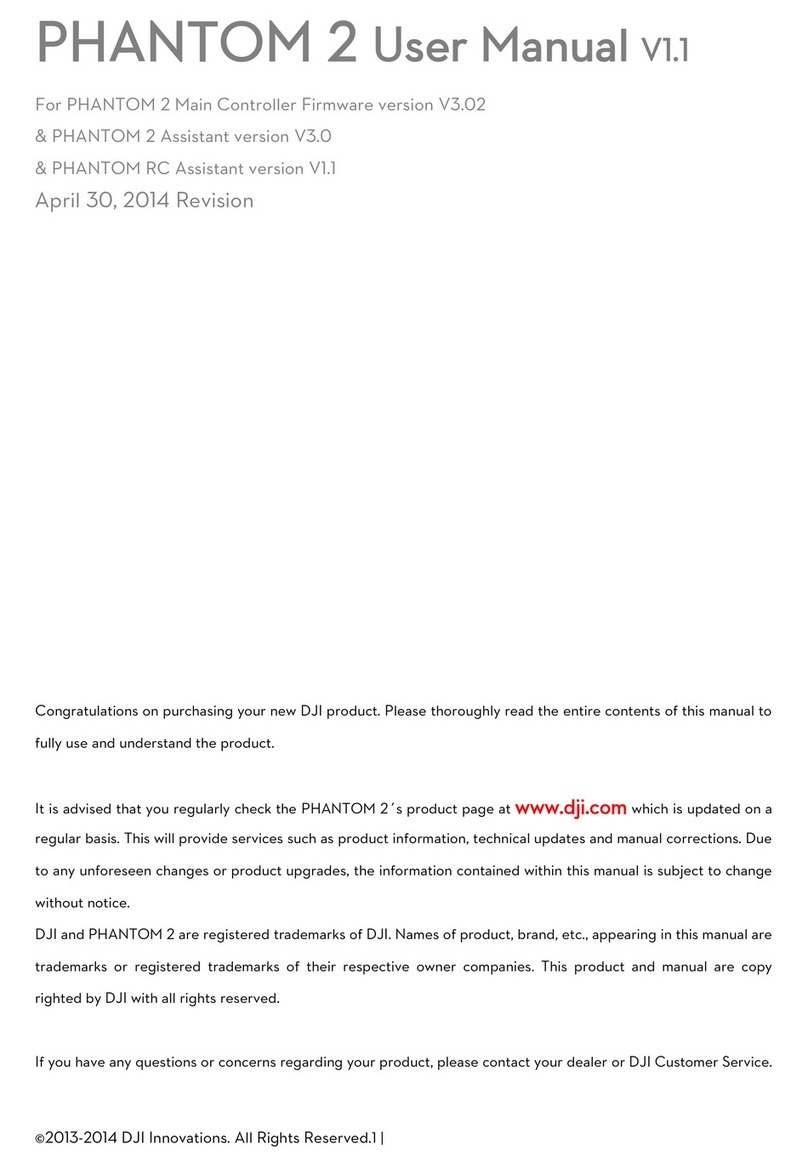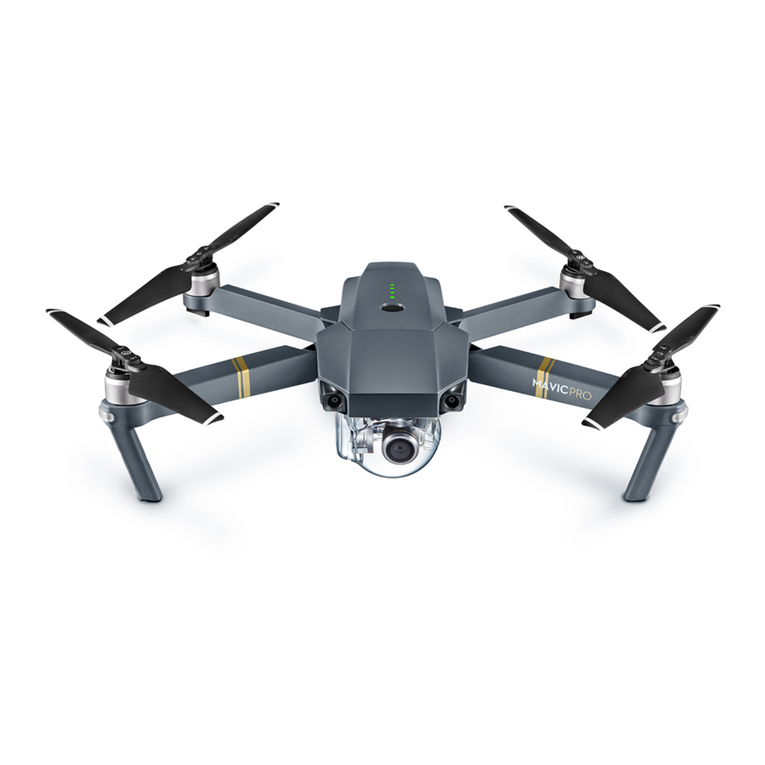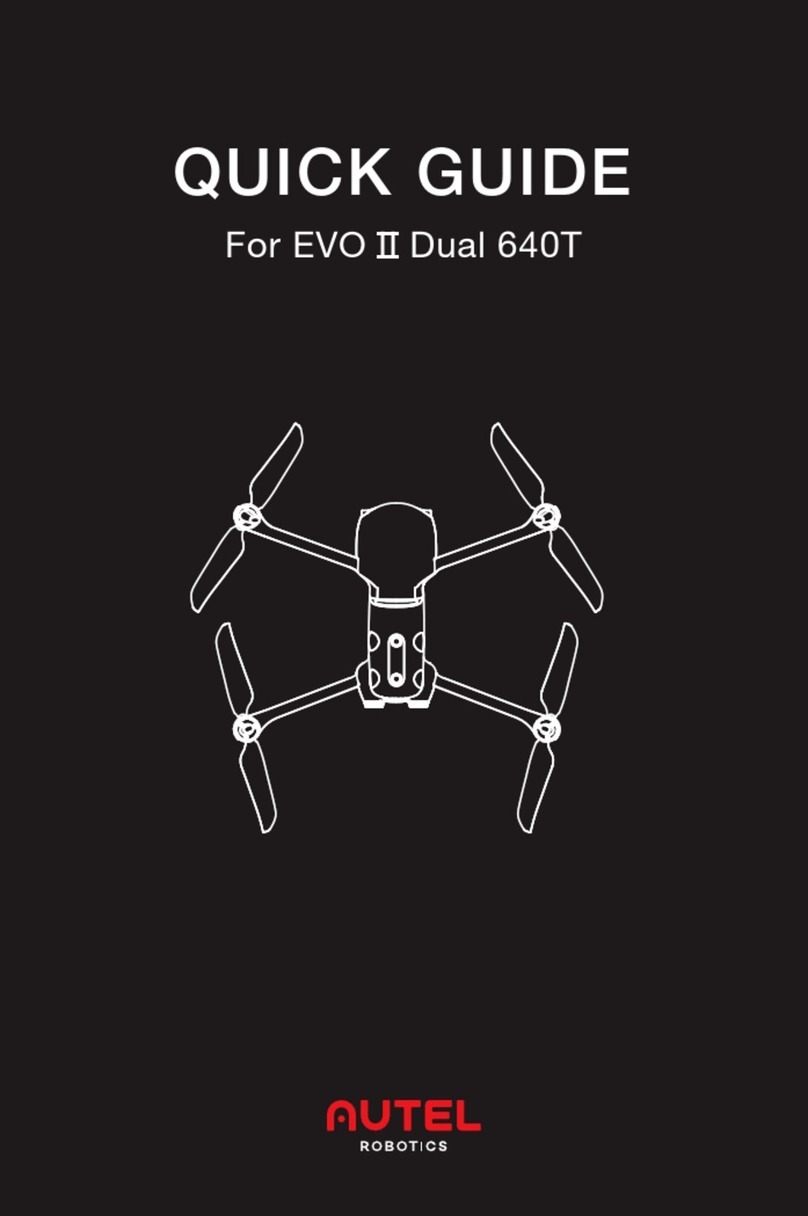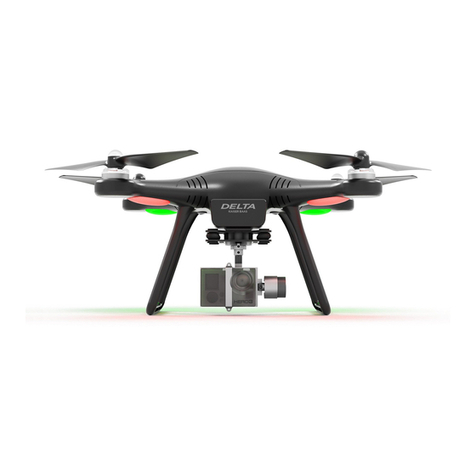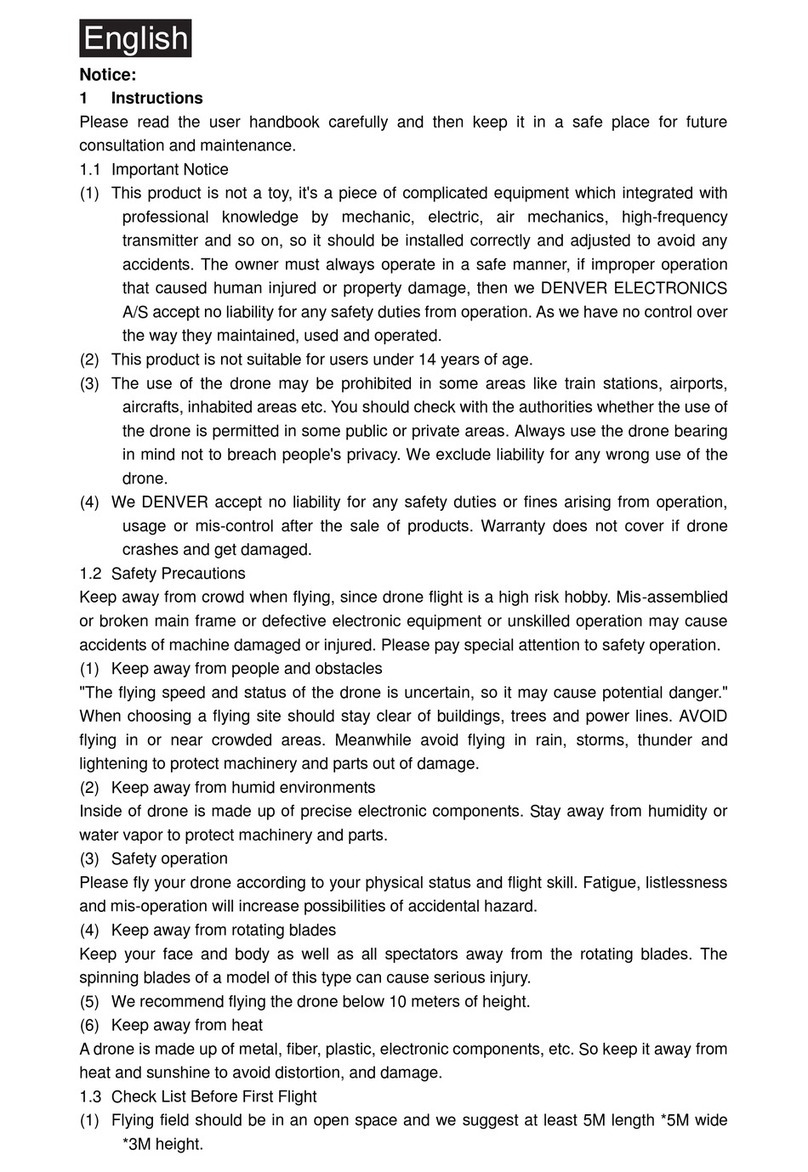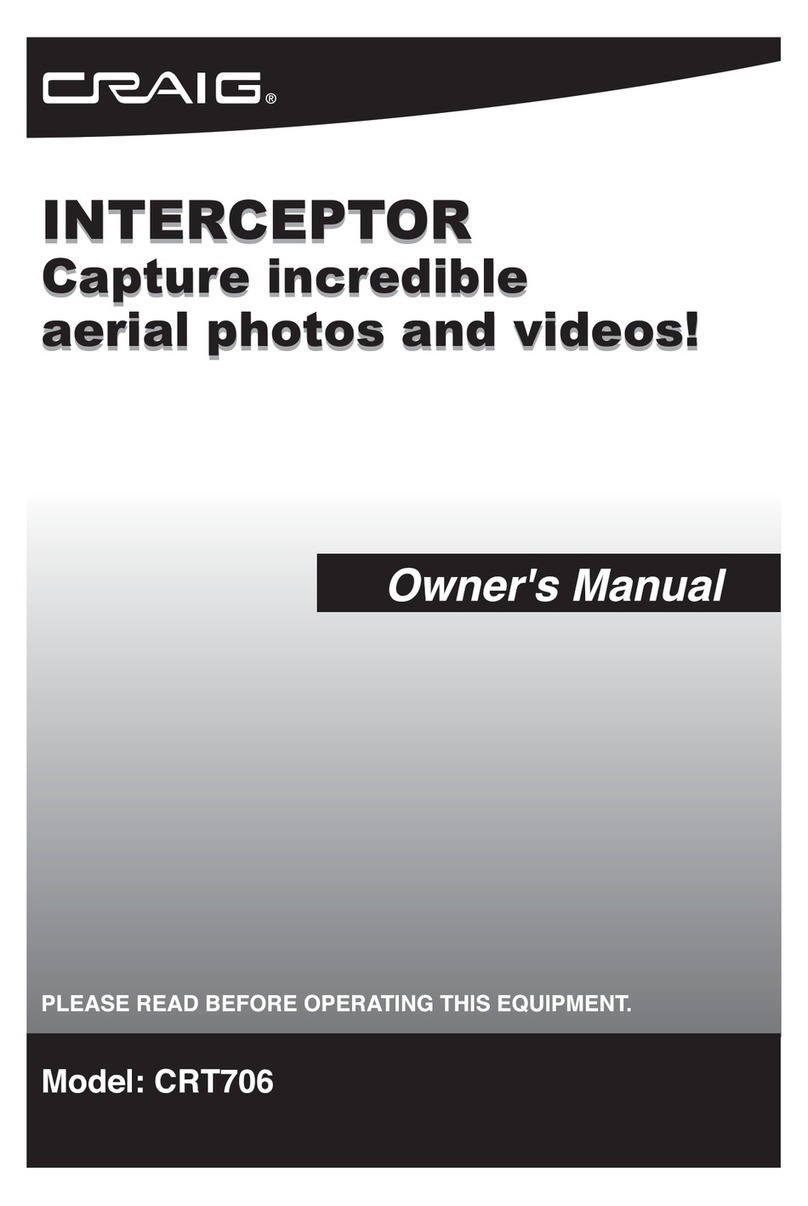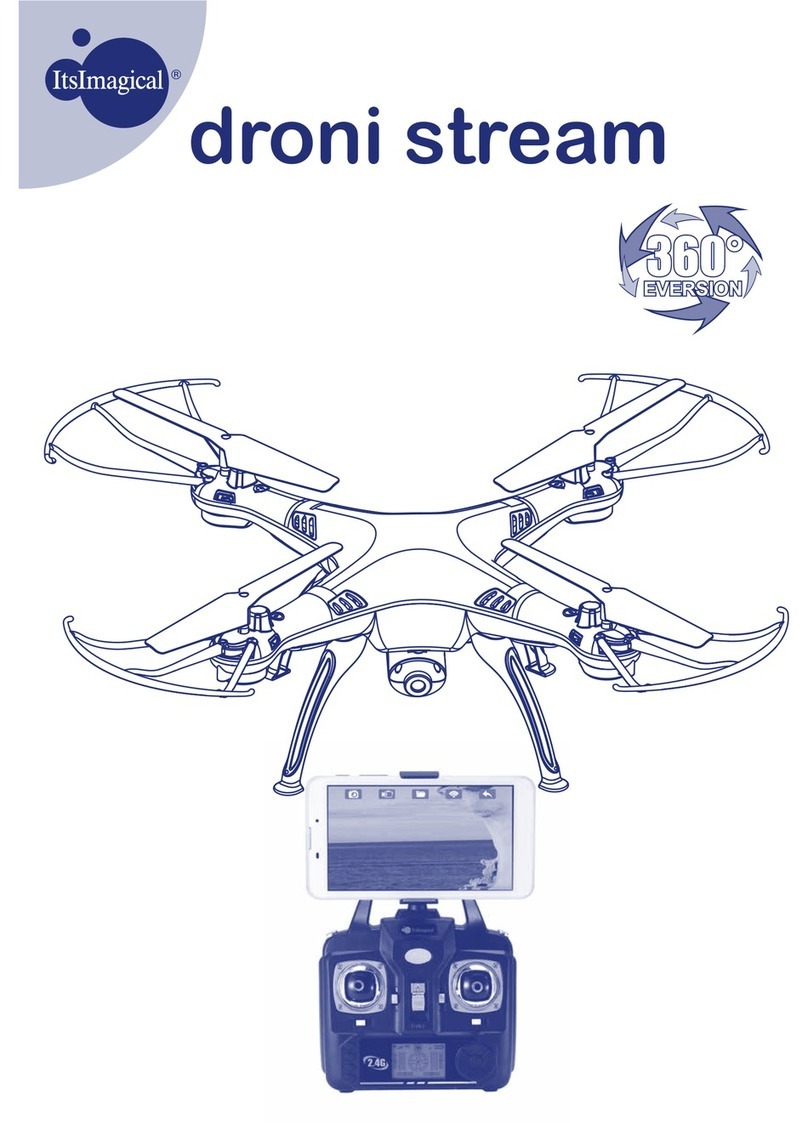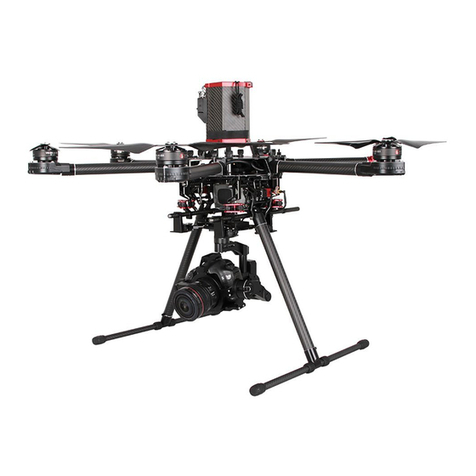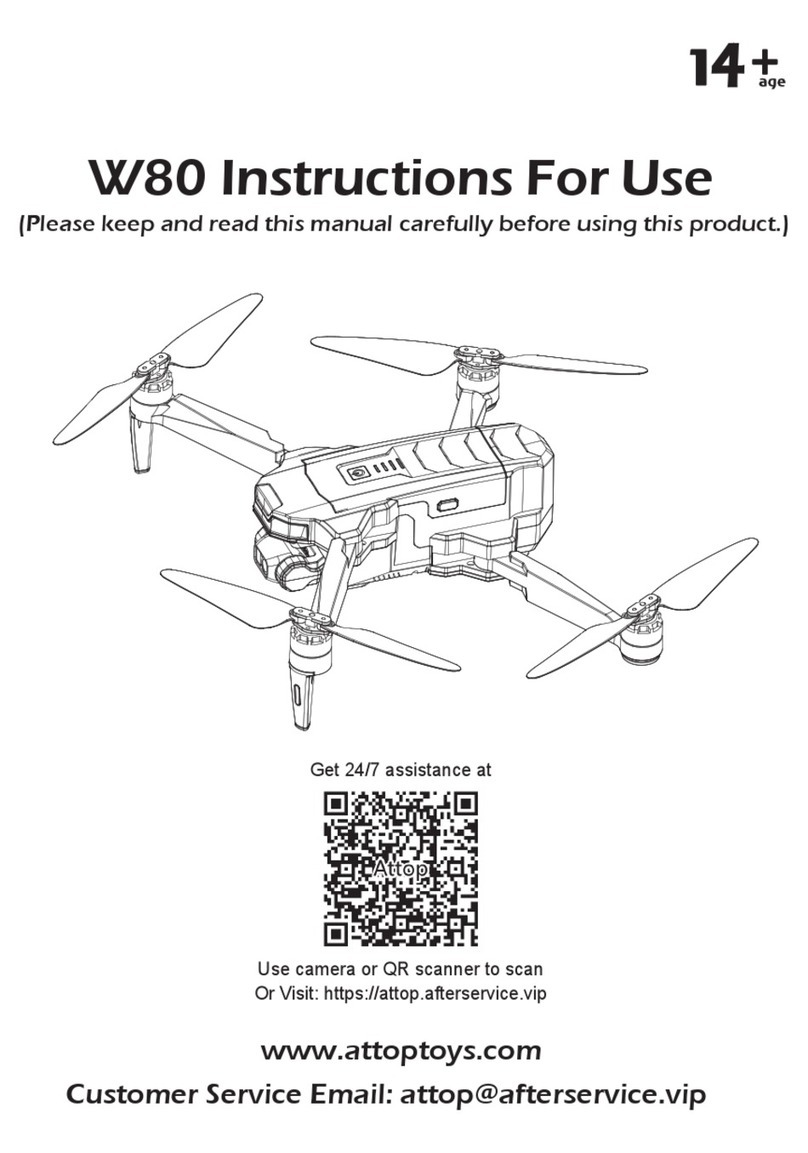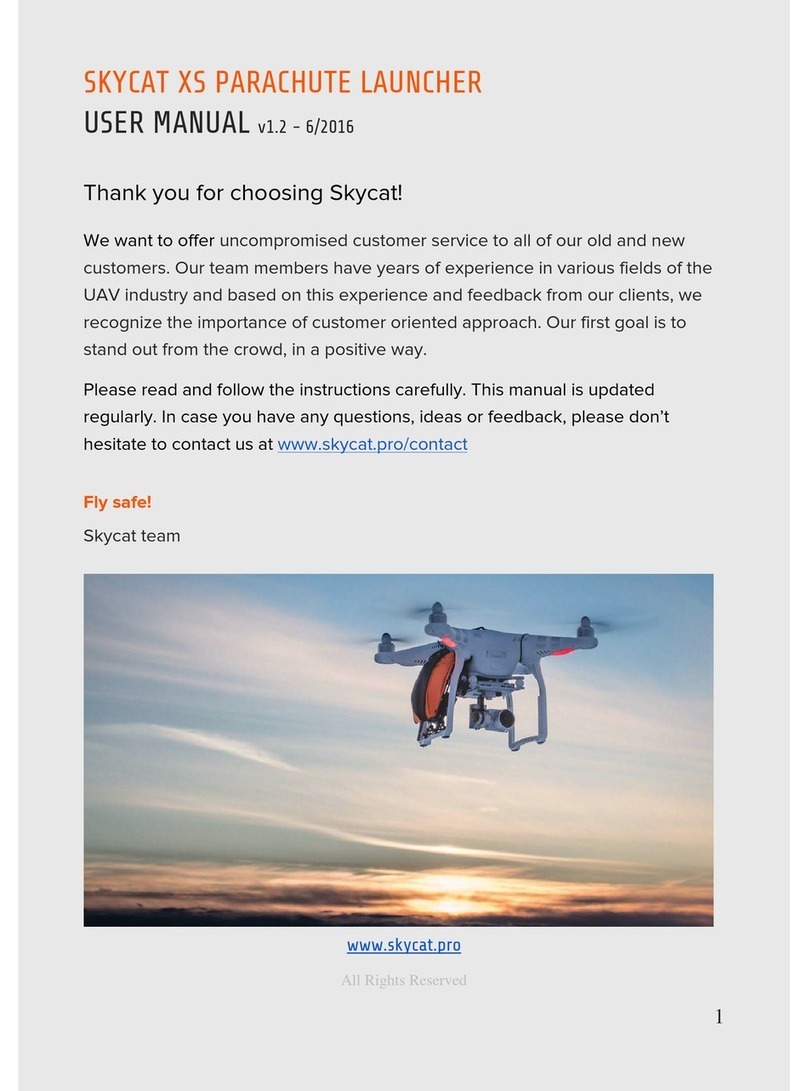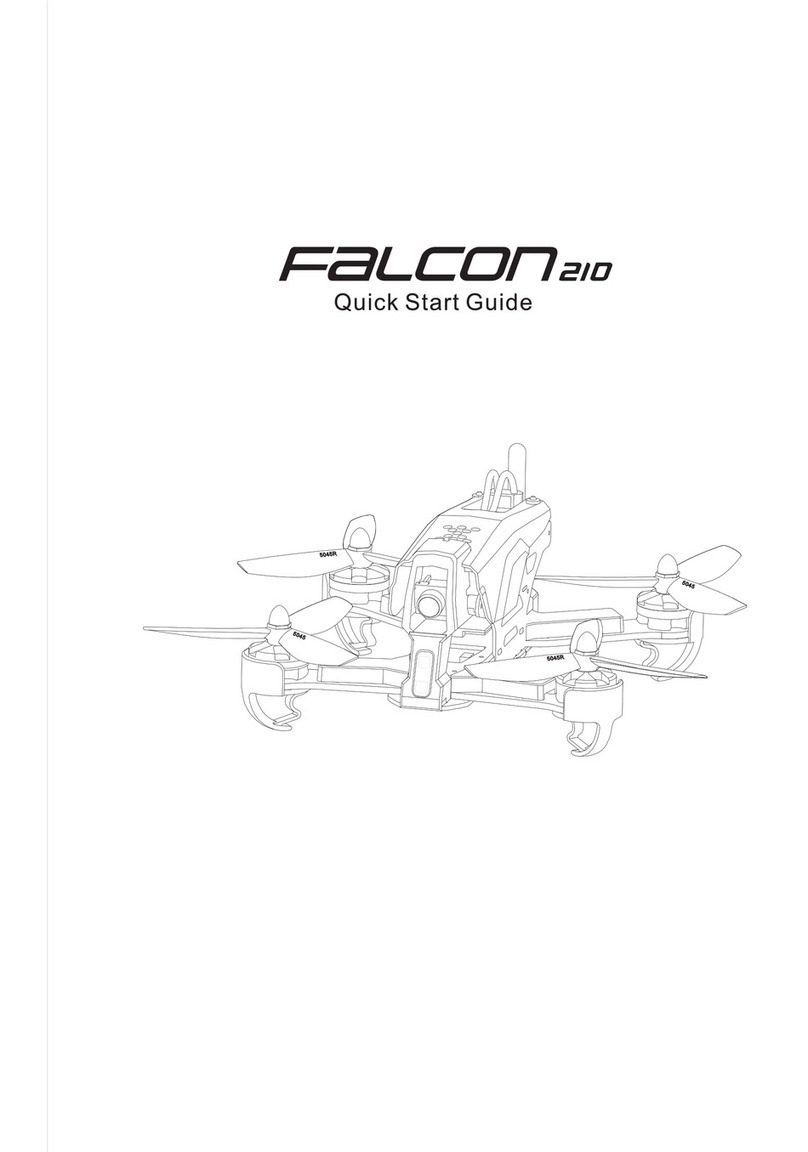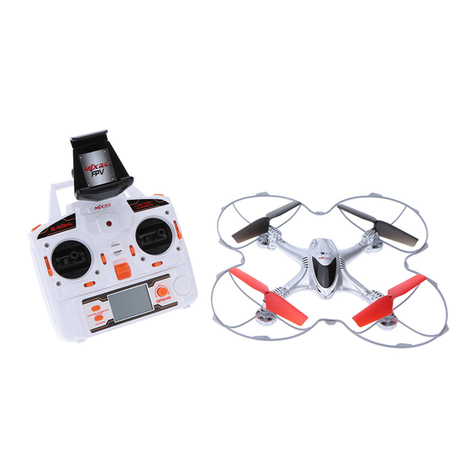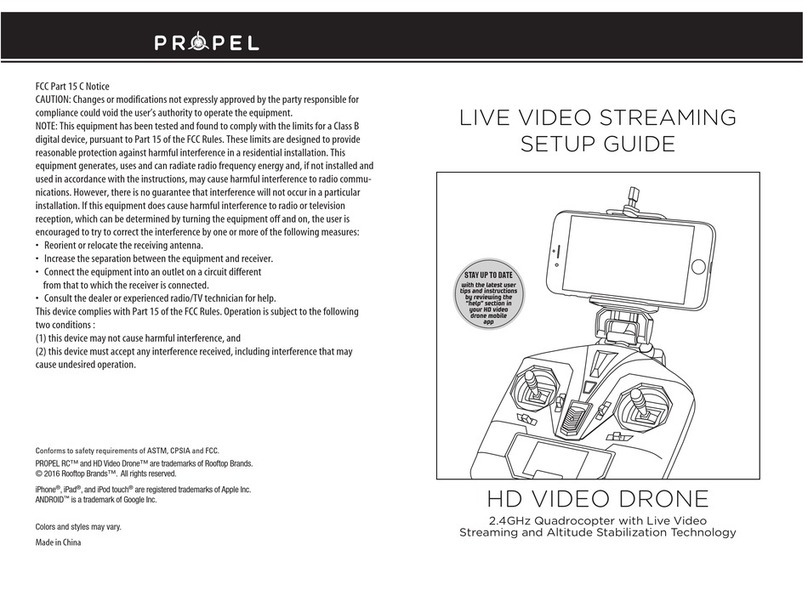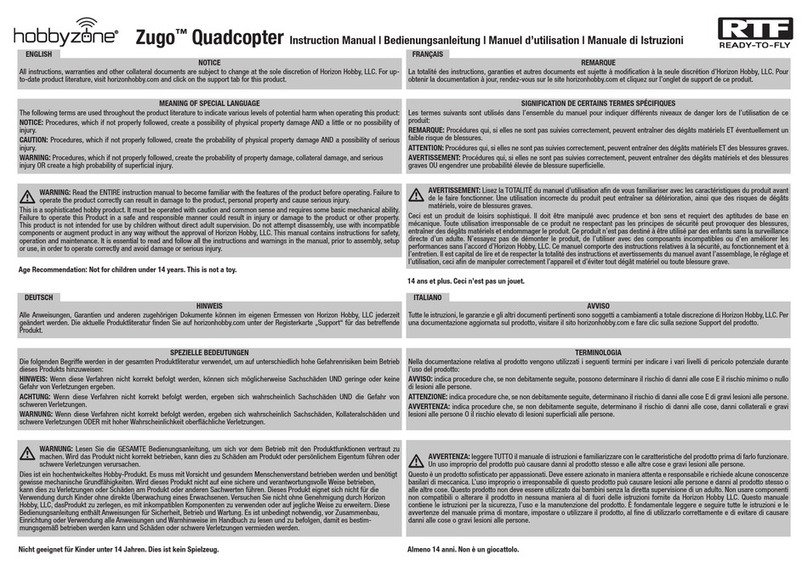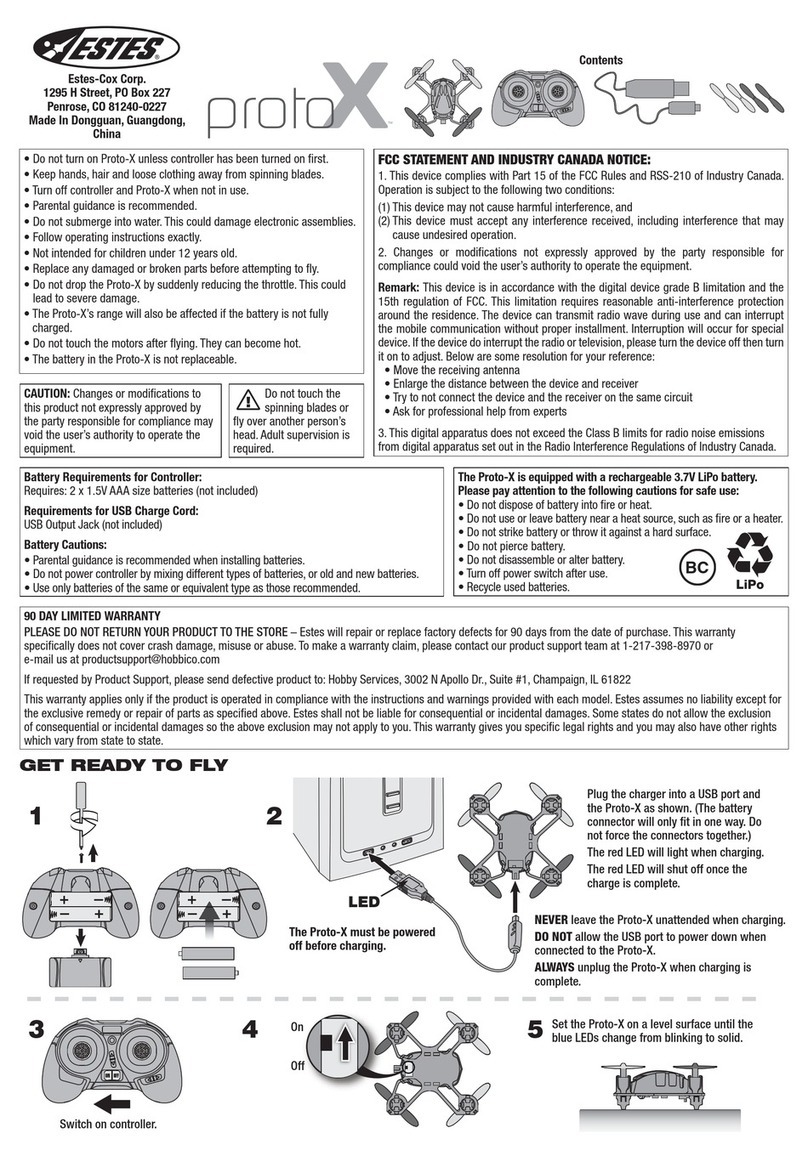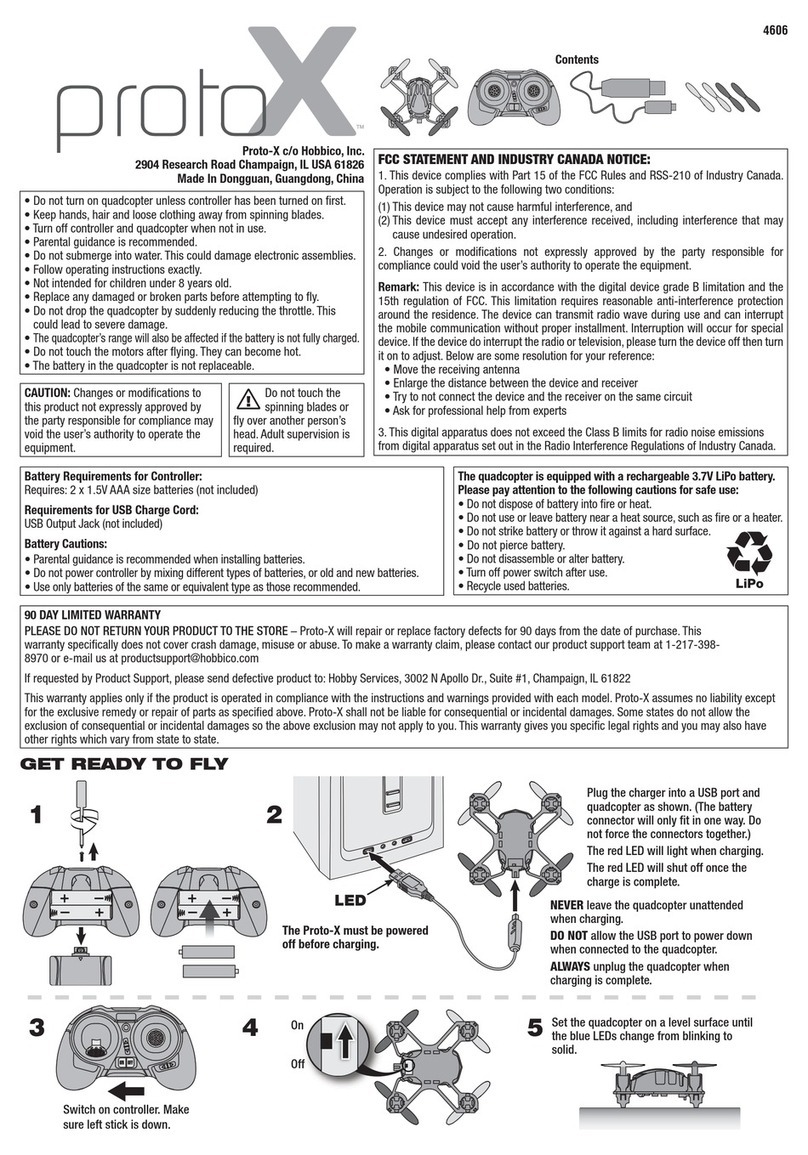
Disclaimer
Carefully read this entire document and all safe and lawful practices provided by DJITM before using
this product for the first time. Failure to read and follow instructions and warnings may result in
serious injury to yourself or others, damage to your DJI product, or damage to other objects in the
vicinity. By using this product, you hereby signify that you have read this document carefully and that
you understand and agree to abide by all terms and conditions of this document and all relevant
documents of this product. You agree that you are solely responsible for your own conduct while
using this product and for any consequences thereof. DJI accepts no liability for damage, injury, or
any legal responsibility incurred directly or indirectly from the use of this product.
DJI is a trademark of SZ DJI TECHNOLOGY CO., LTD. (abbreviated as “DJI”) and its affiliated
companies. Names of products, brands, etc., appearing in this document are trademarks or
registered trademarks of their respective owner companies. This product and document are
copyrighted by DJI with all rights reserved. No part of this product or document shall be reproduced
in any form without the prior written consent or authorization of DJI.
This document and all other collateral documents are subject to change at the sole discretion of DJI.
This content is subject to change without prior notice. For up to date product information, visit the
product page for this product at http://www.dji.com.
This document is available in various languages. In the event of divergence among dierent versions,
the English version shall prevail.
